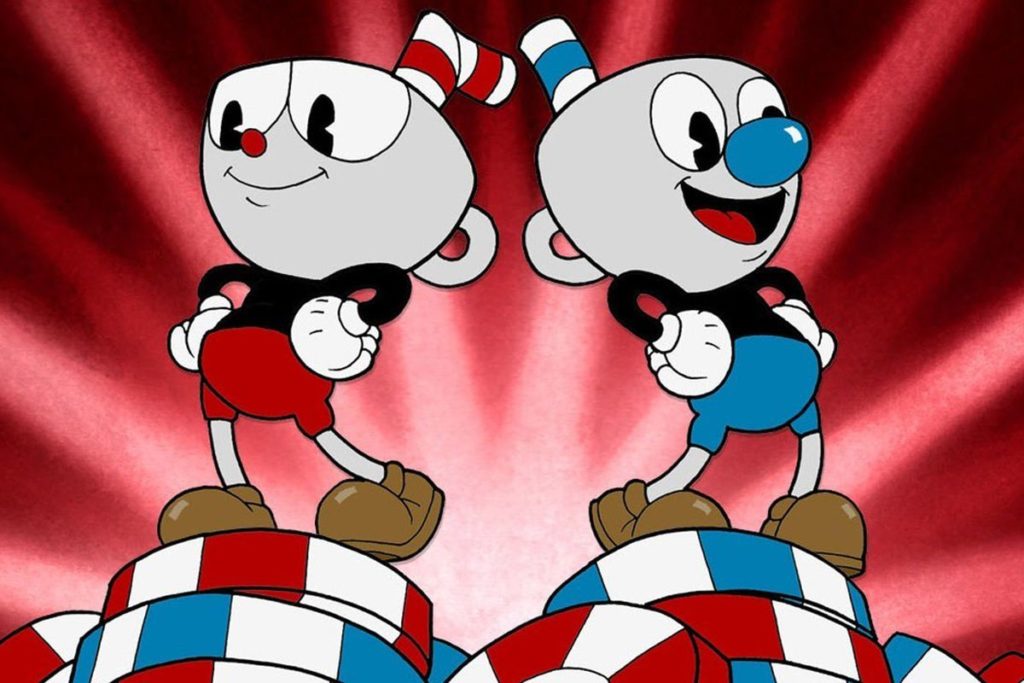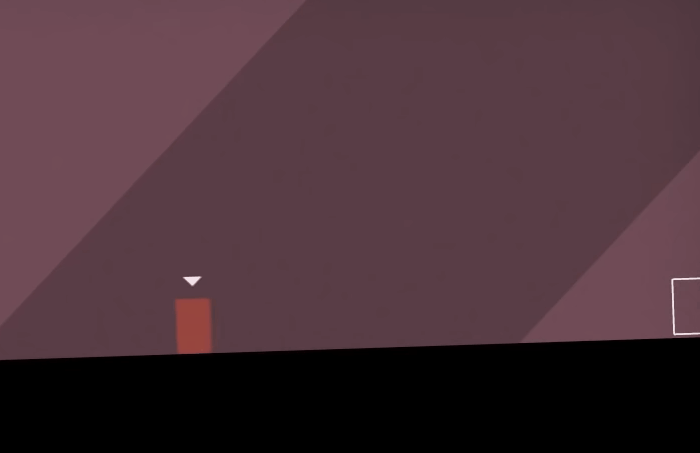
Animation in Games
When people think of animation they may think of a few things. Often the first thought is movies, whether that’s 2D animation like Disney movies or cartoons or they think of 3D movies like Pixar and Dreamworks. It is, however, a very important part of game development as well. Whilst it possible to create a game without animation you will be very limited in what you can produce. Even a game like Thomas Is Alone uses fundamental animations principles in the way the shapes squash and stretch as they move.

What Exactly Is Animation?
It’s often remarked on when something has particularly great animation, such as the facial animation work of Ninja Theory’s games, but it is something that is often overlooked. As with many other areas of creating art for games, when the animation is amazing people take

Principles Of Animation
Good animation follows a set of rules known as the animation fundamentals. Understanding these techniques is essential to getting the most out of your animation and really breathing life into them.
Squash And Stretch
Squash and stretch is where you change the shape of a character in a direction to exaggerate the movement and add weight to it. The movement is usually only over a very short period so it’s not always noticeable but still adds to the overall effect. The effect can be seen in real life when you see videos of balls bouncing in slow motion.
Anticipation
Anticipation is all about building up suspense to an action. It usually involves preceding a movement with a counter movement, so when a character throws a punch the first take the time to lean back and wind up the punch. This effect is used to it’s extreme and often for comic effect when leading to an unexpected action in a cartoon such as the Looney Tunes.
Staging
Staging is a common principle in TV and movie making. It’s all about directing the viewer, or in our case player, to look exactly where the animator intends. Whilst this is less important for games it is still essential that the player’s gaze is focusing on what the developer wants such as using the flow and motion of a character leaning down to pick something up to draw attention to the item being picked up.
Straight Ahead Action And Pose To Pose
Straight Ahead Action and Pose to Pose are styles of drawing animation to get the best effect out of them. As such these are only really relevant in 2D animation. Straight Ahead Actions means animating it chronologically frame by frame from the start of the action to the end. Pose To Pose animating involves drawing the key movements such as the most extreme poses in any action and then going back and filling in the in-between frames. Stop Motion animation is done using a Straight Ahead Action technique and 3D animation uses the Pose To Pose technique.
Follow Through and Overlapping Animation
Follow through refers to the action following on and carrying through whatever they were doing to show the force of the action. Similarly to boxing where you are told to punch through an object to add power to it rather than aim to punch something and leave your hand where the object is. Overlapping animation refers to offsetting the motion of different parts such
Slow In And Out
Slow in and out is used to mimic the way things move in real life. It involves making the beginning and end of a motion slower than the main part of the movement. This is because things take time to build and lose momentum except in extreme examples such as hitting a wall. If a character throws a ball then the movement of the arm will begin slowly, building up speed until the release, and then slow down to a halt.
Arcs
Arcs are when you animate movements across an arched trajectory. This is a more natural movement than moving in straight lines. For
Secondary Action
Secondary actions are movements that emphasize or reinforce the main animation without taking attention away from it. A good example of this would be when a character spins their head around violently to look at something then the hair follows behind in a big sweeping motion. This emphasizes just how quickly the head was turned.
Timing
Timing is all about the speed of the action and how it affects the animation. Much like comedic timing, it is something can add weight to what is happening when done correctly but can fall flat if done wrong.
Exag geration
Exaggeration is all about emphasizing a motion by pushing it past what would normally be the case. This is very often used in 2D animation and is much harder to do with stop motion or 3D but can be achieved if set up correctly. An example of this would be squatting right the way down to the ground before jumping upwards.
Solid Drawing
Solid drawing is another principle that only really applies to traditional 2D animation. It states that strong drawing skills are essential to creating realistic-looking drawings. While they may seem quite unrelated, life drawing is essential to animation, even for cartoons.
Appeal
Appeal is all about making the character as attractive as possible, in the way they look, action and move. Great animation emphasizes all of the best aspects of a character.
How Do I Create Animations For Games?
Creating animations for games can be done in a large number of ways depending on what effect you want to create. There are a number of programs out there to get you started or you can continue to use traditional animation styles such as stop-motion.
2D Animation For Games
Although games have shifted heavily over the years from 2D to 3D as computing power has increased, there is still a large number of games made in 2D that require 2D animation techniques to be used. Depending on the company and the project you are working on you may be animating a character you have made or one someone else has created. Either way, there are a few different techniques for animating.
Hand Drawn Animation
Hand Drawn animation is the most traditional form of animation most notably used to create the golden age Disney movies and cartoons. These are created by manually drawing every frame one by one and then playing these images in a sequence fast enough to look like smooth motion to the eyes. It’s not a technique that is often used in making games but it is not unknown. The most popular recent example would be Cuphead in which the developers hand drew every single frame.

To create these accurately the artists will draw over previous images so that they are as accurate to the last frame as possible and it looks like one object. They will often use a lightbox to light the images from underneath so that they show through the pieces of paper they are currently drawing on. All of these images will then need to be scanned into a computer and fed into a game engine that can show them moving inside of the game. It is incredibly painstaking work and it is slow to produce so it is not often used, but the effects it can create are very unique and well-loved.
Digital 2D Animation
Digital 2D animation has much in common with traditional 2D animation but is normally created slightly differently. Normally 2D animation will require every frame to be made by hand but when done digitally the computer can work out much on the motion automatically. This means the animator only needs to mark the ‘keyframes’ or the most extreme parts of any movement and the program will be able to do the rest.
There’s a number of programs you can use to animate in 2D. Photoshop can be quite useful for creating animations as that will often be the program used to create the 2D images in the first place. There are plenty of dedicated 2D animation programs as well that will allow you to define certain areas of an image and animate them using a ‘skeleton’ much like you would in 3D animation such as Spine.

Digital 2D animation allows people to use similar techniques to traditional 2D but includes a lot of time-saving features which often makes it more practical for game development which often has a
Stop Motion Animation
The best
To create this type of animation you will need to create a wire base for the model, which works like a skeleton and will keep it together, then you will use a special form of sculpting clay to make the model as well as creating miniature versions of clothing, props or anything else you may need. You will then move this slowly in small movements over and over as you create the movements for it.
Due to the slow nature of this type of animation and the fact that it requires a very specific set of skills that not many people train in this is very rarely used. An example of this kind of animation in a game is Harold Halibut.

3D Animation
3D animation is the most widely used form of animation in games. It involves taking a 3D model that has been rigged and using a piece of 3D software like 3DS Max or Maya to move the bones around to animate the character. This is done by setting keyframes in a similar way to digital 2D animation.
Often in the games industry, particularly in larger companies, the objects you are animating will be created by a dedicated character artist who specializes in modeling. It will then be rigged by technical artist or animator who sets up the skeleton, how the model deforms and sets up controllers and settings for the animator to animate with.

Whilst 3D is perhaps the most difficult and time-consuming way to animate, requiring multiple people from multiple professions to work together over weeks or months to get a single character animated, it is the most widely used for a reason. 3D allows for a greater level of freedom in what you can achieve as well as the level of realism you can get out of it.
Ultimately the animation style you will use will often be dictated by the style of game you are working on. If you want to specialize in animation it is best to choose the style you enjoy best and work on that. Much of the fundamentals translate across all types of animations so switching between them isn’t too difficult.
What Is Animation In Games is part of our wider Making Games series. Check out pages on other aspects of game development.
